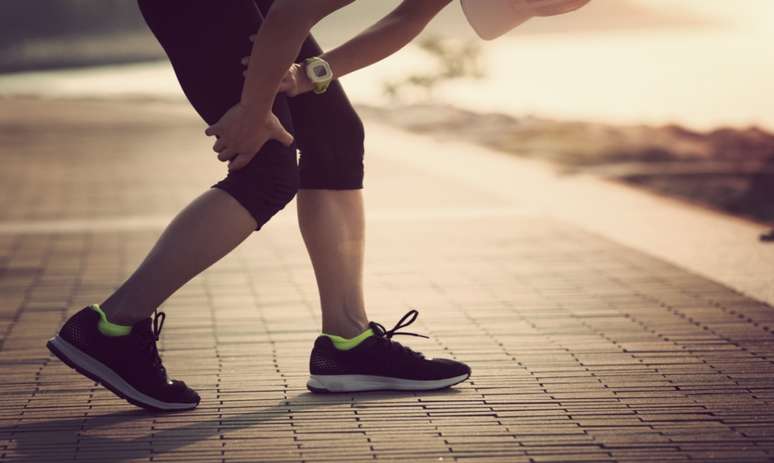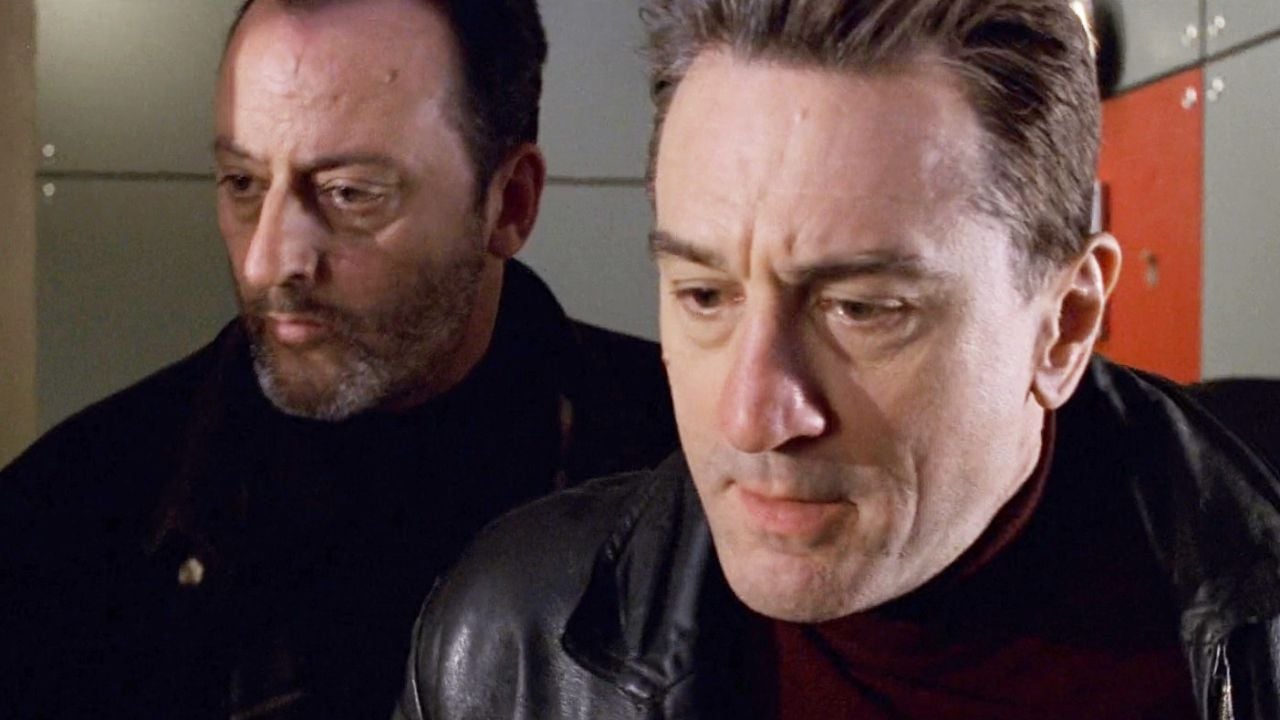Running commonly overloads the knees, but also strengthens them. Understand how to run without risk
Practicing physical exercise is essential for the body to function properly. Among the different modalities, running is an excellent practice for heart health and also for physical conditioning. But what about knee health? Could the practice damage the joint?
According to Dr. Isaias Chaves, an orthopedic doctor who specializes in knees and hips, it really depends. “We need to understand that every sport generates some type of joint stress. After all, no physical activity is 100% free from shock or the possibility of injury,” he says.
Does running pose any risk to the knee?
According to him, When running, the knee is one of the most affected jointssecond only to the ankle, which statistically has the highest number of injuries reported in the medical literature.
The expert emphasizes that every sport is good for your health, as long as it is practiced correctly and well guided – and running is no exception to this standard. “So, if the patient starts running without proper guidance, there is a risk of knee injury,” he says.
However, the big problem arises when the patient has pain due to running and does not seek specialized help for treatment. Isaias warns that, in many cases, patients with poorly assessed and treated pain develop serious injuries, which can force them to abandon the sport for months.
On the other hand, are there any advantages?
It’s not just risks and damage that running offers to the joint. According to the orthopedist the sport is a great sport, as it is easy to do and can be practiced anywhere and in any city.
Additionally, running releases hormones that improve the patient’s mood and also strengthen the joints. This is because, in addition to the systemic benefits for the body, if practiced correctly, the modality involves an increase in muscle mass in the kneesimproving its stability and preventing long-term pain.
Signs that something is wrong during exercise
For runners, the doctor emphasizes the importance of being aware of the symptoms that the body gives. After all, this way you can understand if something is wrong. And in this sense, pain is the main warning sign.
“Some pain conditions are not normal and indicate that something bad is happening to the knee. Patients who force themselves to run despite the pain, use braces, knee braces, or other types of knee stabilizers to continue running may develop serious conditions if not treated properly,” he warns.
Therefore, if you are a runner and experience pain in your knees before, during and after running, or if your knee swells, you need specialist evaluation immediately. “Always see an orthopedic specialist in knee or sports medicine to prevent a larger problem from occurring,” the doctor advises.
Fundamental precautions before starting to run
The knee and hip specialist underlines this It is essential to stretch and strengthen certain muscle groups before runningto avoid injuries. This is because running with weak, understretched muscles can lead to poor posture or inadequate movements, which tend to injure the runner in the short to medium term.
Isaiah also emphasizes the importance of crossing a medical evaluation in case of pain, to avoid bigger problems. He also points out that several injuries are preventable with simple actions taken by runners.
“Currently, several specialists often publish information and guidance on social networks that help those who do not have access to specialist care and want to run healthily. If you do not have direct access to a specialist, the Internet and social networks can help prevent injuries and maintain a healthy and safe practice,” says the doctor.
Source: Terra
Ben Stock is a lifestyle journalist and author at Gossipify. He writes about topics such as health, wellness, travel, food and home decor. He provides practical advice and inspiration to improve well-being, keeps readers up to date with latest lifestyle news and trends, known for his engaging writing style, in-depth analysis and unique perspectives.








